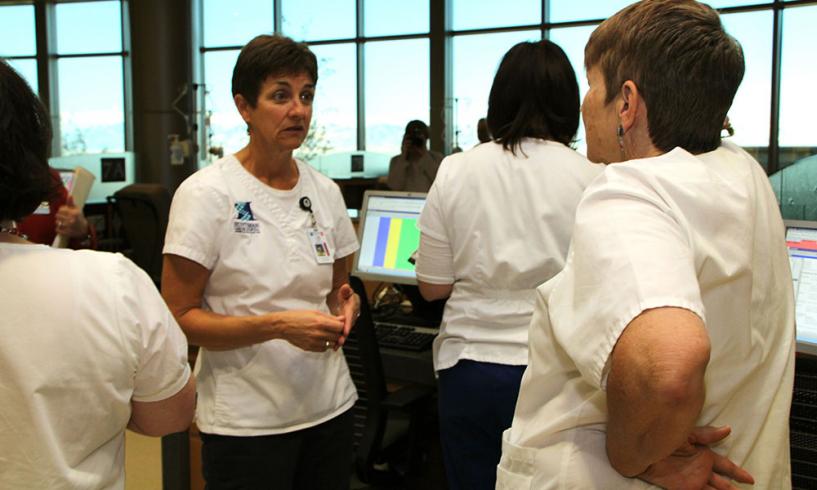Healthcare workers who prepare and administer hazardous drugs have further incentive to follow the recommended precautions with the February 1, 2016, release of the U.S. Pharmacopeial Convention Chapter 800. This chapter supports previously available recommendations from ONS, the National Institute for Occupational Safety and Health, the Occupational Safety and Health Administration, the American Society of Health-System Pharmacists, and others. This is of concern to many nurses and healthcare professionals who handle hazardous drugs because USP guidelines are enforceable in many states by the state boards of pharmacy.
With the release of USP Chapter 800, pharmacies and practices might require infrastructure updates or other onsite changes to comply. Practices mixing and administering chemotherapy agents may need construction to implement proper ventilation systems. Beyond that, personal protective equipment (PPE) must be stocked and supplied to onsite workers to comply with safe handling procedures. All changes must be in place by July 1, 2018.
The changes come as part of an extended effort to enforce safety procedures that protect nurses and other healthcare workers, patients, and families. Safe handling of hazardous drugs, particularly chemotherapy agents, has long been a focus in the oncology community. Nurses are expected to double-glove and wear chemotherapy-tested gowns and respiratory protection when handling antineoplastic agents. Within an oncology clinic, it’s important to create an environment of safety that starts with safe handling procedures.
“In my own experience, some nurses just don’t perceive exposure to these drugs as a true threat,” Kris LeFebvre, oncology clinical specialist in the ONS Education Department, says. “I was one of those nurses too, until I started to see the data. We’ve found that as nurses take the ONS/ONCC Chemotherapy and Biotherapy Certificate Course, they’re seeing the data and being made aware of the risks involved.” The risks, unfortunately, are numerous and still being discovered. Nurses exposed to hazardous chemotherapy drugs could find themselves at higher risk for reproductive issues as well as certain cancers. Even if nurses are not of childbearing age, the importance of keeping other staff and patients safe must be considered.
According to LeFebvre, perception is just part of the problem. In many practices and administration environments, nurses are faced with other challenges that prevent them from adhering to safe handling procedures. Staffing issues can create problematic situations where nurses are stretched too thin between patients. They’re in too much of a rush and often forego that second pair of gloves or ignore the gown and face shield.
Other practices face problems with funding and access to proper PPE for their nurses. Without the right tools, LeFebvre says that nurses can hardly be expected to adequately follow safe handling procedures. At times, certain sites may have the PPE needed, but they’re not located in areas where nurses can access them conveniently. Rather than having PPE located outside patient rooms, they’re locked in a storage closet or packed away with other materials.
Moreover, safe handling procedures can incur a major cost, especially when closed system transfer devices are being implemented, LeFebvre says. Although those devices can reduce the risk of inhalation and contact during administration, they are associated with a high cost, creating a challenge for many practice sites.
Ultimately, administrators and nurses alike must take up the new safe handling procedures. By creating a culture and environment of safety, nurses will be able to reduce potential hazards and keep themselves, patients, and colleagues much safer.






